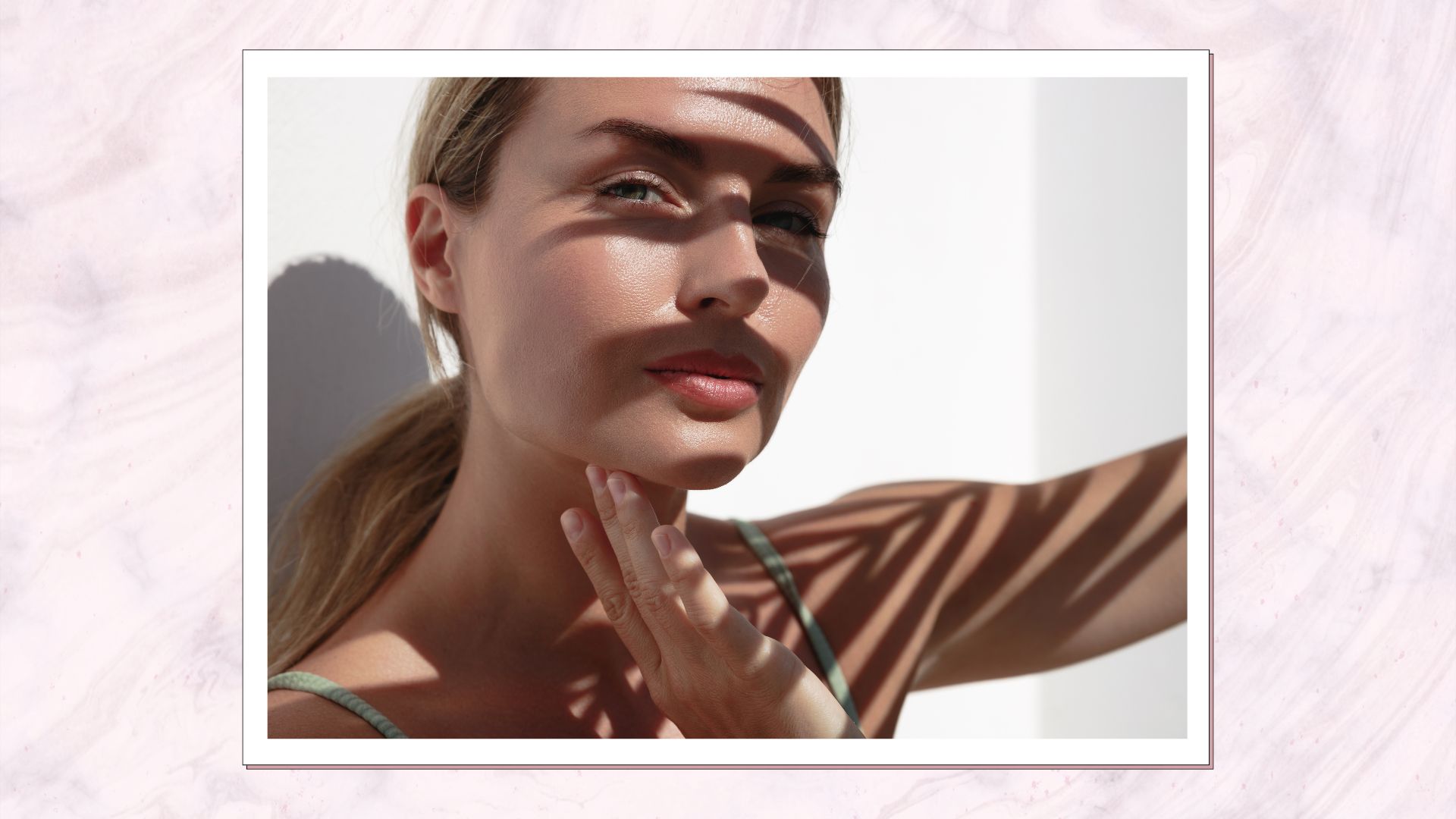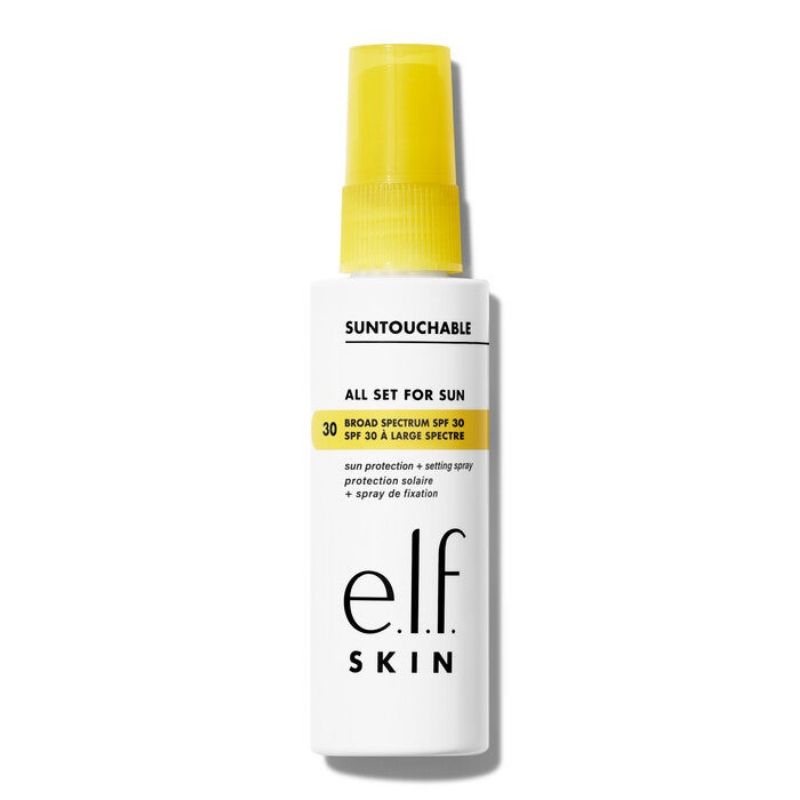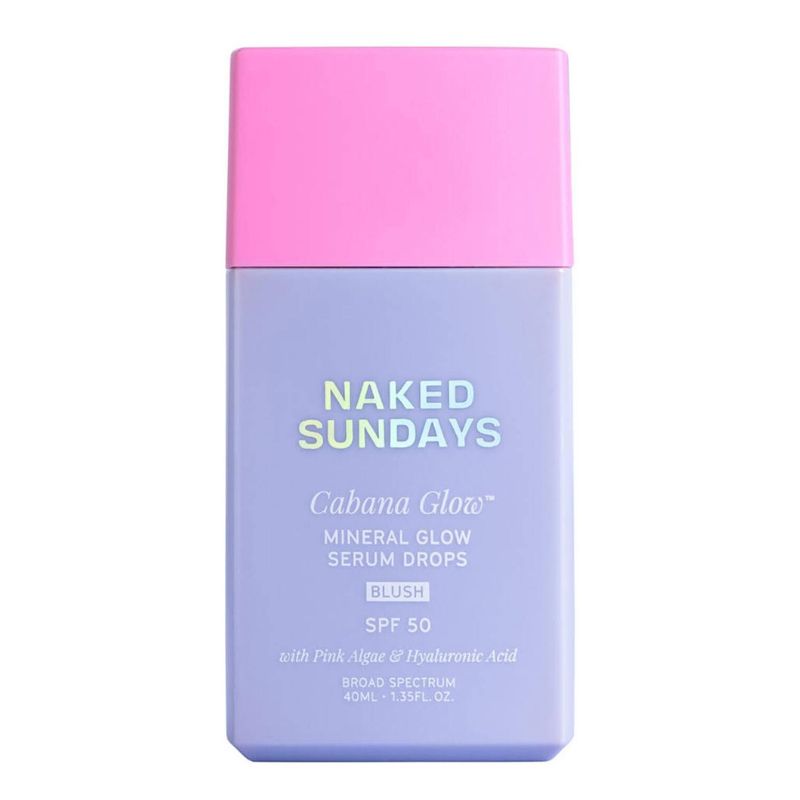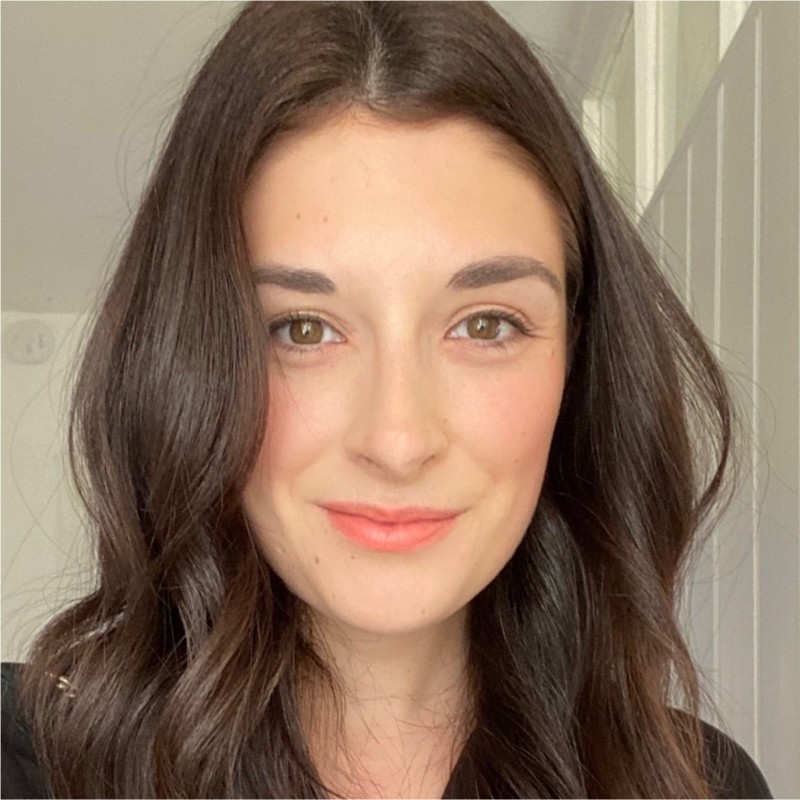Is the SPF in makeup a substitute for sunscreen? We asked three experts, and they had thoughts
We hate to break it to you, but makeup with sun protection may not be as reliable as the real deal...


SPF in makeup is becoming more and more popular. It used to just be foundations and tinted moisturisers promising to shield us from the sun, but now bronzers, blushers and even highlighters are getting in on the action too.
Let us say early on that this isn’t a bad thing. More sun protection is always welcome – the more the merrier. The problem is that SPF in makeup is a nice-to-have, added extra rather than a non-negotiable like the best facial sunscreens, but the way these products are marketed doesn’t always make that clear.
Many of us are using our best foundation with SPF and incorrectly assuming we have sufficient protection from burning, premature ageing and skin cancer. If this is news to you, and you’re wondering why your foundation with SPF30 isn’t up to scratch, don’t worry. We asked three brilliant experts to answer our burning (sorry) questions.
Is makeup with SPF ever a substitute for sunscreen?
SPF in makeup is the syrup in your coffee, the scalp massage when you’re having your hair washed in the salon, a seat with extra legroom on the plane – a welcome add-on but not the whole picture
Consultant Dermatologist Dr Emma Wedgeworth makes her stance on makeup with SPF very clear, advising that it is “a helpful addition, but it absolutely isn’t a substitute for proper suncare,” she says. “For effective sun defence, you need a dedicated sunscreen with a broad-spectrum protection applied as the final step in your skincare, before makeup.”
Broad-spectrum means that the product protects against both UVB rays, which are responsible for burning, and UVA rays, which cause premature ageing and most skin cancers.
Why isn’t SPF in makeup enough to protect your skin?
The key reason is that we don’t apply it in generous enough quantities. “Even if your makeup is labelled SPF30 or SPF50, it is very unlikely you’re getting that level of protection,” explains Dr Wedgeworth.
Sign up to our free daily email for the latest royal and entertainment news, interesting opinion, expert advice on styling and beauty trends, and no-nonsense guides to the health and wellness questions you want answered.
“SPF is calculated in laboratories by using 2ml per cm2 of skin. This is approximately 2 finger lengths for the face and neck, which is more foundation than most of us would use. Think about it: who’s going to pile on that much makeup?”
Even if you did slather on your foundation to that thickness, the formula still might come up short, especially as SPF only refers to UVB protection. “The crucial UVA filters are often missing or not high enough,” says Abi Cleeve, beauty expert and founder of Ultrasun UK. Unlike UVB rays, which are strongest in the summer, UVA rays are present all year round and can penetrate through glass and cloud. If you’re not shielding your skin from them, deeper lines and age spots are likely to be in your future.
Alongside this, Cleeve says that makeup with SPF also, “has no guarantee of efficacy over time, which dedicated sun protection is rigorously tested for.” Most dedicated suncreams have a shelf life of 12 months once opened, but it could be less for a foundation.
It's worth noting that tinted sunscreens are the exception to the rule, offering more protection than a tinted moisturiser with SPF.
What are the benefits of makeup with SPF?
Samantha Brett, the founder of Australian suncare brand Naked Sundays, built her brand after seeing the benefits of layering makeup with SPF when working as a roving news reporter.
“As someone who spent years racing between breaking stories under the blazing sun and caked in heavy TV makeup, I quickly realised one thing: reapplying sunscreen during the day was basically impossible,” Brett says. “Taking off my makeup wasn’t an option, and that’s when the lightbulb moment hit.”
“SPF in makeup helps to boost your total daily protection, especially when paired with a base layer of dedicated sunscreen underneath,” Brett adds. “It’s also incredibly helpful for touch-ups or on days when you’re indoors most of the time and just want an added layer of protection.”
SPF makeup also gives you peace of mind with incidental sun exposure. It’ll give you some protection when you’re working by the window or out to get lunch, which is helpful during a busy day when you wouldn’t have time to take off your makeup and apply a fresh coat of sunscreen.
Does applying makeup on top make your SPF less effective?
“If you apply makeup too soon after your sunscreen, or rub it in too vigorously, you risk disturbing that even layer of protection,” warns Dr Wedgeworth. I recommend waiting a few minutes after applying your SPF to let it settle, then using gentle pressing motions with your fingers or a sponge to apply makeup rather than sweeping with a brush.
That way, you maintain your sunscreen’s coverage and avoid patchy protection. Later in the day, topping up with an SPF spray or powder can help you stay protected without having to redo your entire face.”
SPF makeup to try
Thinking about adding some more SPF products to your makeup bag? These are our top picks…

Designed to be mixed with your sunscreen or foundation, these SPF50 bronzing drops deliver a convincing and completely sun-safe faux glow.

Sweaty summer days can cause our makeup to slip and slide around our faces, but not any more. This smart SPF spray will set your base in place and can be used for top-ups too.
Jess Beech is an experienced fashion and beauty editor, with more than eight years experience in the publishing industry. She has written for woman&home, GoodtoKnow, Now, Woman, Woman’s Weekly, Woman’s Own and Chat, and is a former Deputy Fashion & Beauty Editor at Future PLC. A beauty obsessive, Jess has tried everything from cryotherapy to chemical peels (minus the Samantha in Sex and The City-worthy redness) and interviewed experts including Jo Malone and Trinny Woodall.
You must confirm your public display name before commenting
Please logout and then login again, you will then be prompted to enter your display name.

